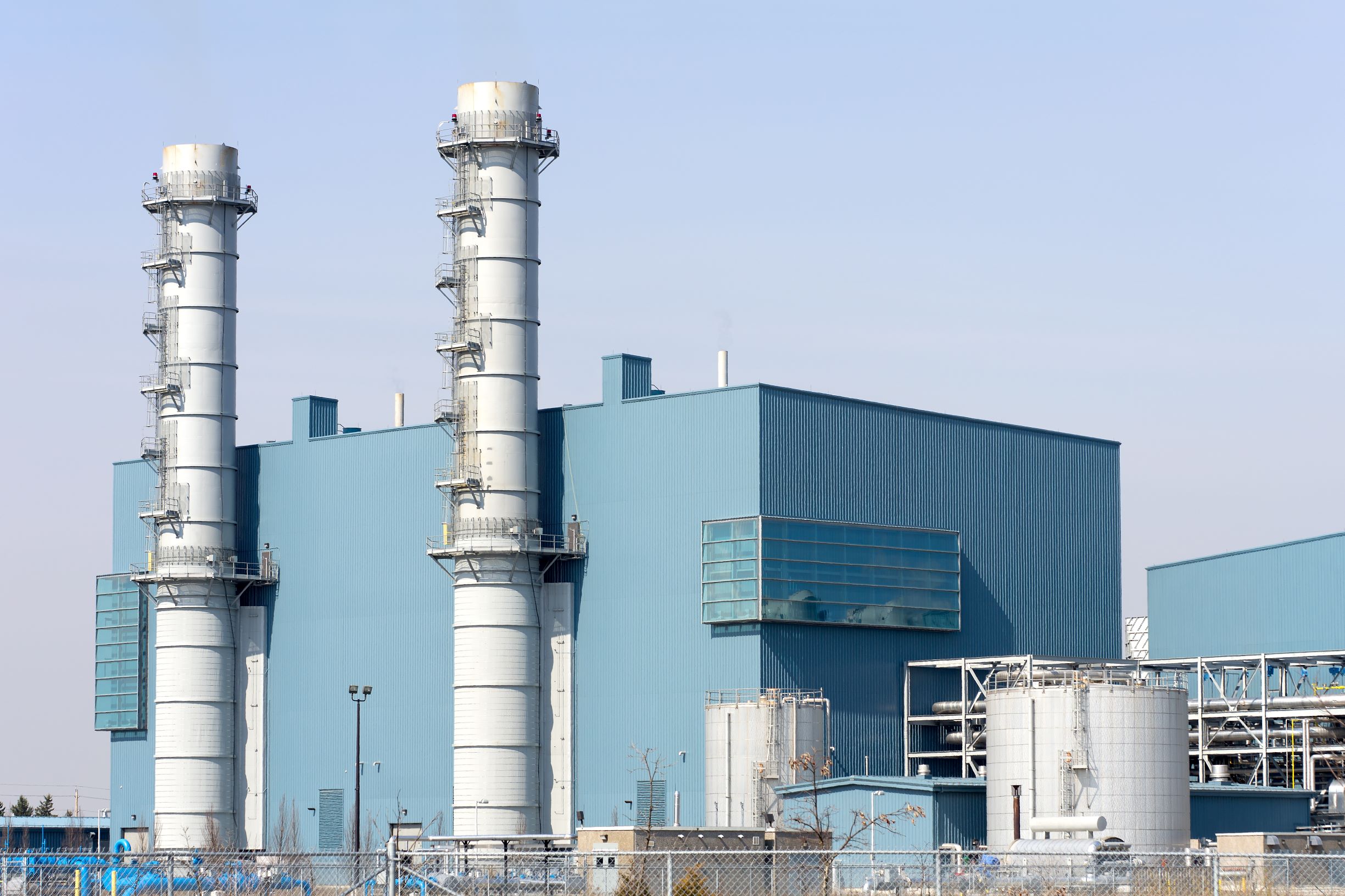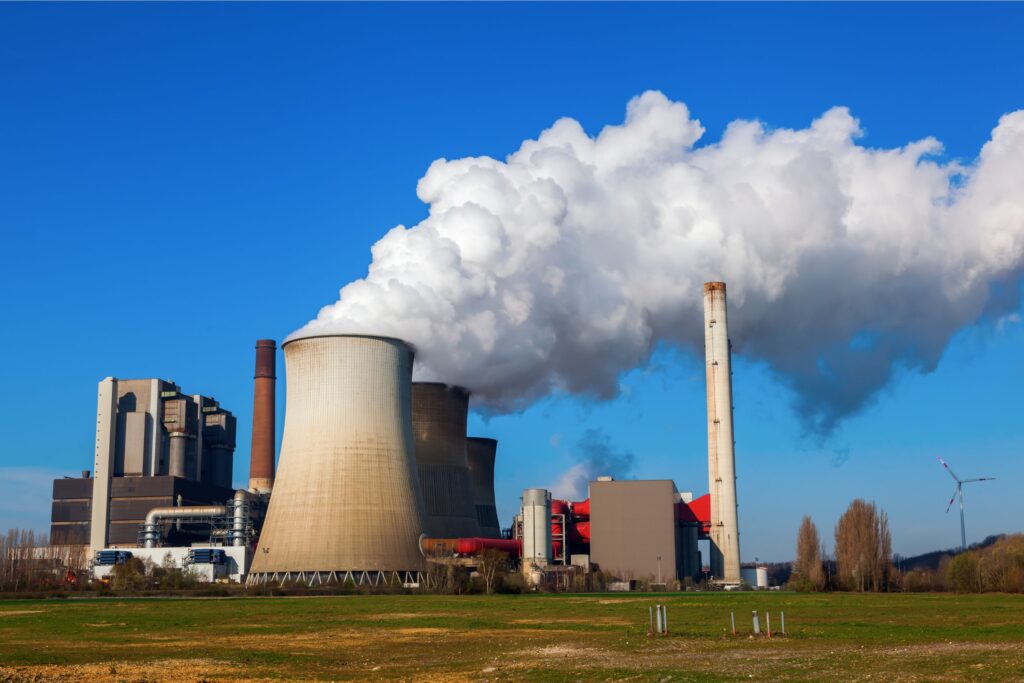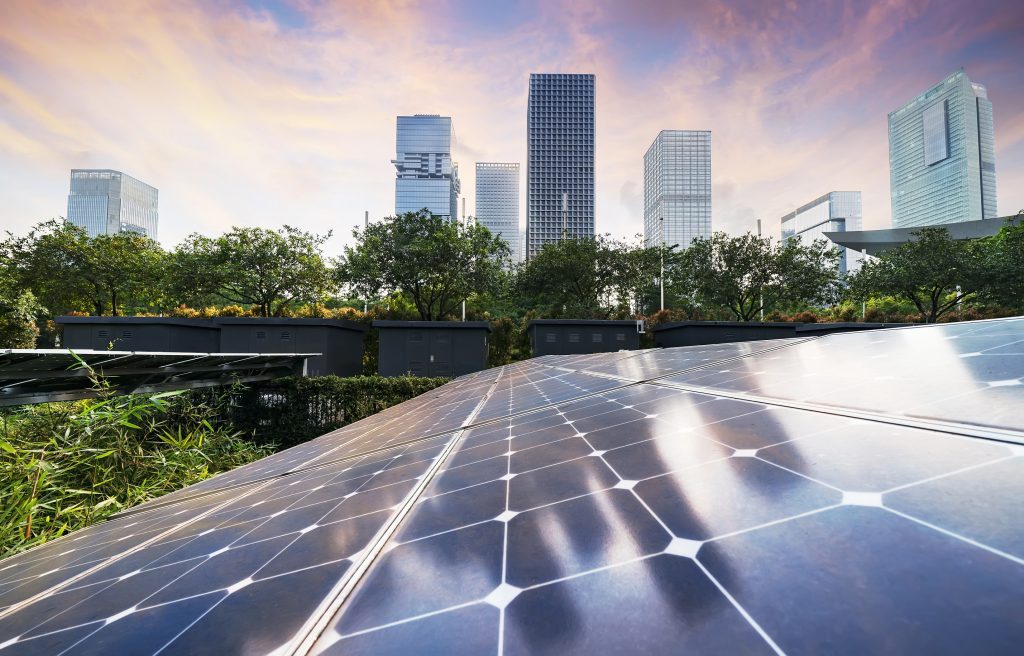You’ve probably heard about Ontario’s clean, low-carbon grid. The decision to ditch coal was the biggest single action of its time to cut carbon emissions in North America. It also improved air quality and made smog days a thing of the past.
But what you probably haven’t heard is that our grid is getting dirtier again, with fossil fuels increasing in our electricity supply from burning natural gas. That means carbon emissions from electricity in Ontario will be rising back up again after years of decline.
Natural gas makes up about six per cent of electricity generation in Ontario today, but emits most of the carbon emissions from that sector. The rest of our power comes from a mix of nuclear power, renewables like hydro, wind and solar power, and biofuel.
Ontario Energy Output by Fuel Type: 2020
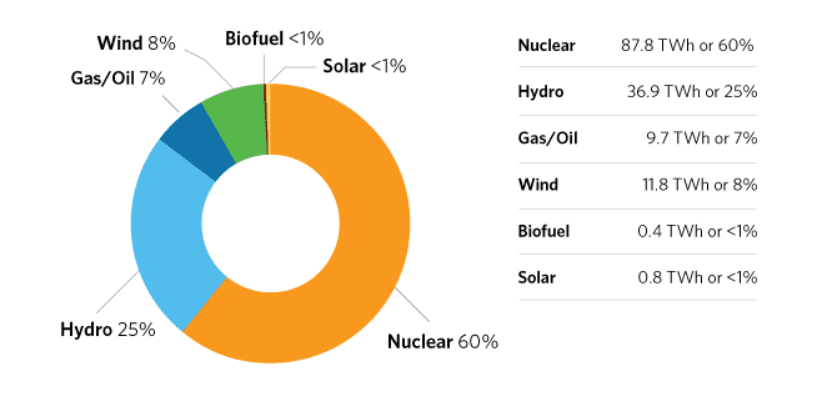

So why is Ontario planning to ramp up the lone fossil fuel in the mix, when so many other governments are racing to do the opposite to cut carbon emissions? It’s mostly due to a combination of poor planning coupled with an ideological opposition to renewable energy.
The reason given is that gas is needed to fill an upcoming drop in nuclear capacity. The Pickering nuclear plant is scheduled to retire in 2024 (or later, depending on how long past its retirement date Ontario wants to push the aging plant!), and other nuclear reactors are also scheduled for refurbishment in the 2020s.
Ontario’s electricity system operators have been planning for this drop in nuclear capacity for a long time. But their plans to fill some of this gap with renewables, energy conservation, and other programs were derailed in 2018. That was the year Ontario abruptly cancelled more than 750 renewable energy contracts, its cap-and-trade system, and many electricity conservation and efficiency programs. The IESO, Ontario’s electricity system operator, now forecasts a rise in electricity emissions from a current 4 mega tonnes to about 12 mega tonnes by 2030, and about 16 by 2040. This means tripling our carbon emissions from electricity by 2030, the year Ontario has promised to cut emissions by 30 percent.
Ontario Electricity Sector Greenhouse Gas Emissions Historical and Forecast
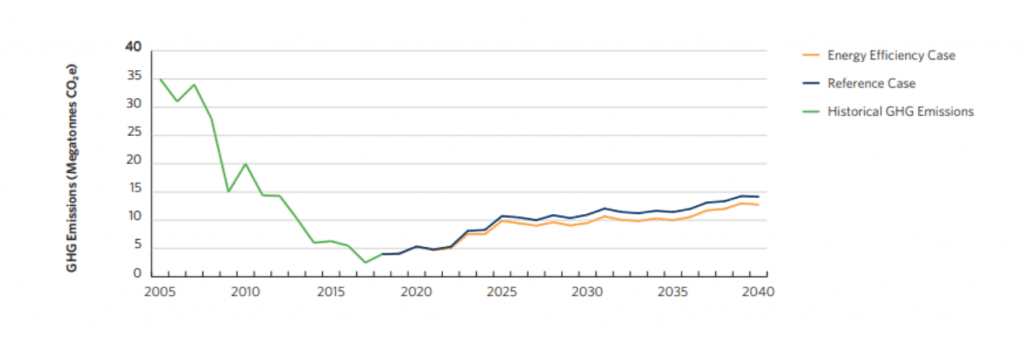

Source: IESO Annual Planning Outlook (updated Feb 2021)
The plan to ramp up gas is a short-sighted and expensive mistake. Why go for gas when renewables like wind and solar, and the battery storage technology that makes them reliable, are now the cheapest source of new electricity generation in Canada? In Alberta, renewable energy companies recently signed contracts to feed green power to the grid that will be cheaper than natural gas plants. There is no longer any excuse to fall back on old dinosaurs like gas. But Ontario’s government still blocks new renewables from entering the grid, breaking the rules to dismantle wind farms, and releasing policy statements like this one:
We are proposing to repeal three sets of legislative provisions in the Electricity Act…that promote and prioritize renewable energy generation projects. Ontario has built a clean energy supply. Prioritizing renewable generation is no longer appropriate. Going forward, Ontario will ensure value for ratepayers by allowing all resources to compete to meet system needs.
Who suffers most from scrapping renewables and ramping up gas?
Burning more natural gas for electricity is unfair for many reasons. It increases carbon emissions and makes climate change worse, and the impacts of climate change are not distributed equally. The people who suffer most from heat waves, floods, and wildfires are usually the people who can least afford to lose their homes and upend their lives, while people with more money simply crank up their air conditioning or rebuild their insured homes.
And the climate change impacts of using natural gas are severely under reported. Fracked natural gas has boomed in recent years. But so have methane emissions (which natural gas is mostly made of) – an extremely potent greenhouse gas which leaks unburned at every stage of natural gas production, from fracking to combustion. In fact, 2020 brought the largest single increase in methane in the atmosphere since we started measuring this in the 1980s. A recent study found that methane emissions in Canada are at least 1.5 times more than reported.
Gas plants are also big industrial facilities that create air pollution for surrounding communities. Remember the gas plants in Mississauga and Oakville that were abruptly axed before the 2011 election, causing a massive scandal? While the cost of their cancellation dominated the news, these plants were quietly moved to new locations in Sarnia and Napanee. Why? Because the residents of Oakville and Mississauga didn’t want pollution-belching gas plants in their backyard, understandably.
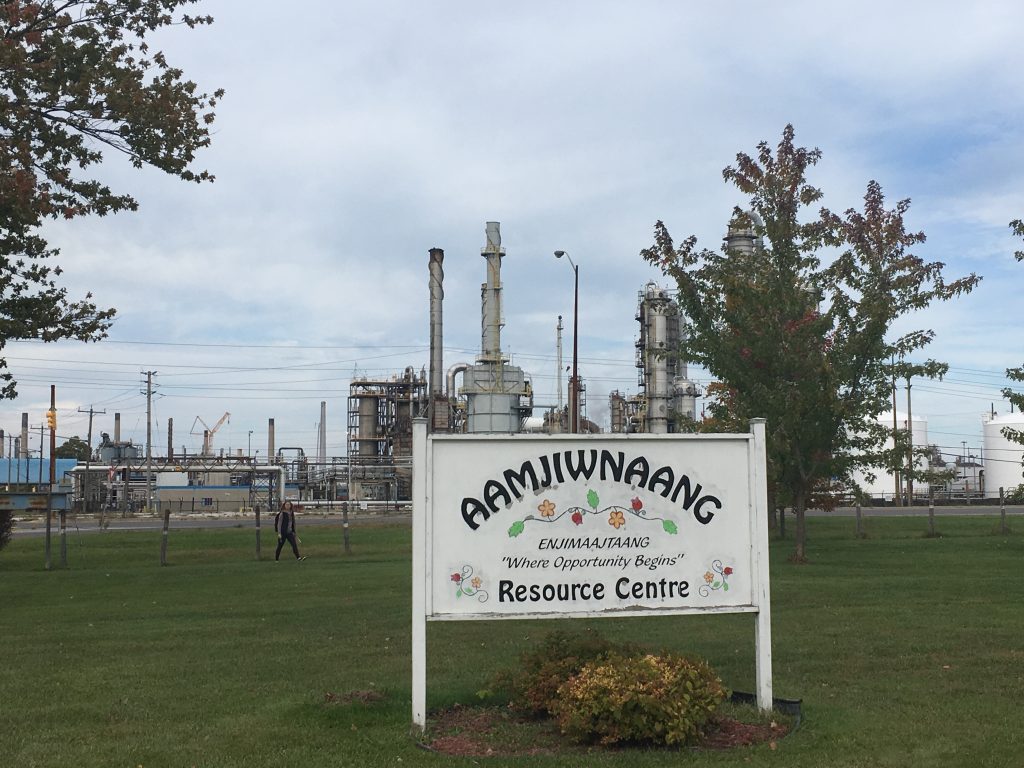

But the practice of moving polluting industrial plants out of higher-income, whiter neighbourhoods and into lower income BIPOC communities has long caused disproportionate health impacts to these communities. Aamjiwnaang First Nation has fought hard against environmental racism in Sarnia’s toxic Chemical Valley, where oil refineries and other big industrial plants have already caused health damages from spills and air pollution. Many of the most toxic plants are located right next to important gathering spaces in Aamjiwnaang First Nation – including daycares and parks. Moving an unpopular gas plant from Mississauga to Sarnia’s Chemical Valley just makes this situation worse, and shifts the harmful impacts to Indigenous communities.
There are many good reasons to ditch natural gas. Climate change, air pollution, and environmental racism are just a few. We need to take action to stop Ontario from moving in the opposite direction and burning significantly more natural gas in the coming years.


